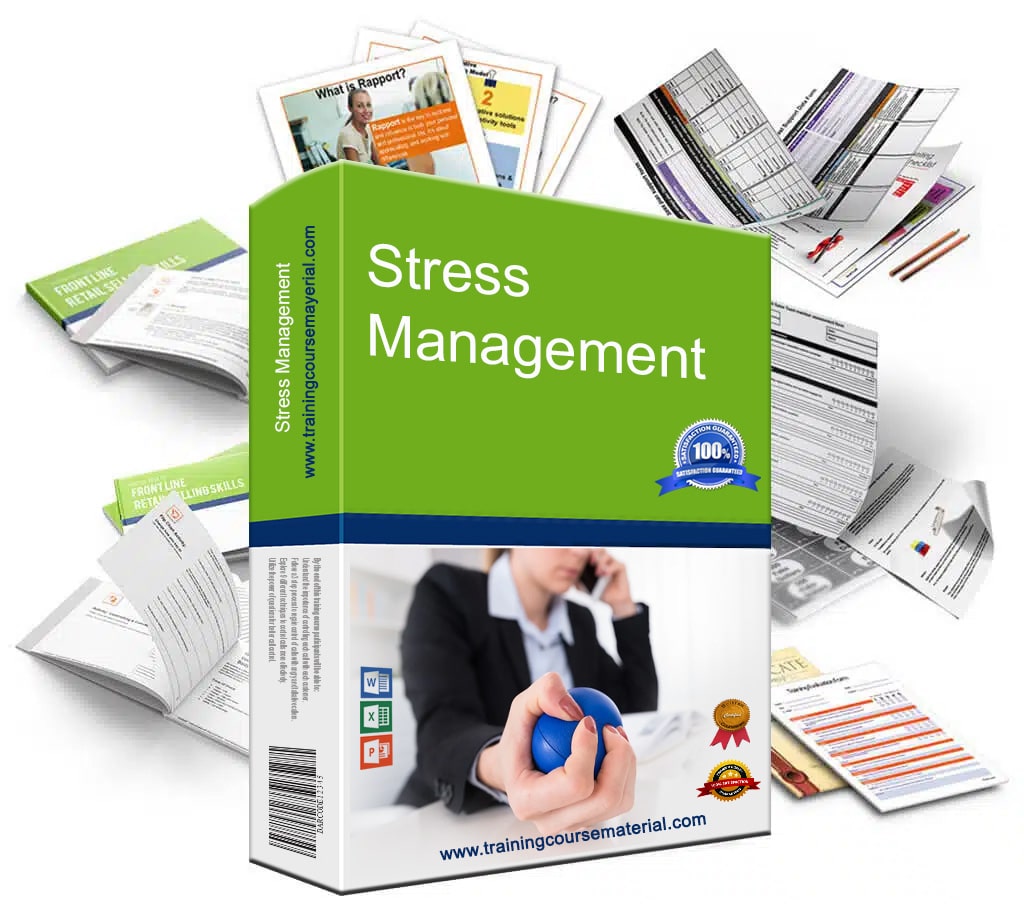Time wasters drain energy, create stress, and slow down progress. But most of them are avoidable. This article helps you identify the most common ways time gets lost—at work and in your own habits—and offers clear steps to take back control.
🔍 First: Where Is Your Time Going?
Before you can fix time issues, you need to spot them. Most time-wasting behaviors fall under three main categories:
- 🏢 Environment: Distractions and inefficiencies around you
- 📋 Planning: Poor scheduling or unclear goals
- 🧠 Self-Management: Habits, mindset, and discipline
🏢 1. Time Wasters in Your Work Environment
These are outside interruptions or inefficiencies that break your focus and eat away your day.
- Drop-in visitors
- Too many meetings
- Outdated tools or slow systems
- Unclear responsibilities or reporting lines
- Too much email or paperwork
- Phone or chat interruptions
- Block focus time on your calendar—and stick to it
- Use voicemail or “Do Not Disturb” mode during key tasks
- Politely set boundaries with drop-in coworkers
- Improve your workspace layout to reduce distractions
📋 2. Poor Planning Wastes Time
When there’s no structure, your day reacts to whatever comes up next. Common signs of poor planning include:
- Starting your day without clear goals
- Jumping between unrelated tasks
- Spending time on low-priority items first
- Not planning ahead for meetings, projects, or deadlines
- Use a daily to-do list and mark top priorities
- Start your day with high-impact tasks
- Batch email and message responses
- Review the week ahead every Friday or Monday
- Use the 5 W’s: What, When, Where, Who, and How
🧠 3. Self-Management: Your Habits Can Help or Hurt
Sometimes, you’re your own biggest time waster. If you struggle with procrastination or perfectionism, you’re not alone. Common self-management pitfalls include:
- Putting off important tasks
- Overcommitting and not saying “no”
- Constantly switching tasks
- Getting stuck in “busy” work
- Letting perfection delay progress
- Break large tasks into smaller chunks
- Use deadlines to create urgency—even self-imposed ones
- Track where your time actually goes (use a log for one week)
- Reward yourself for completing hard tasks
- Say no when needed—and mean it
📦 Want Ready-to-Use Time Management Training Materials?
Explore our editable training package designed to help teams and individuals master their time, reduce stress, and improve productivity.
🧭 How Do You Value Other People’s Time?
Take our free self-assessment to explore how your time habits impact others—and how to improve.
❓ Frequently Asked Questions
What are the top workplace time wasters?
The most common time wasters include unnecessary meetings, lack of planning, poor self-discipline, and constant interruptions.
How can I reduce distractions in my work environment?
You can reduce distractions by closing your door, setting communication boundaries, rearranging your workspace, and using tools like planners or task apps.
What is a simple first step to better time management?
Start by tracking how you spend your time for one day. This will help you identify patterns and immediate areas for improvement.
Written by the team at trainingcoursematerial.com, creators of customizable, ready-to-use training materials for trainers, consultants, and HR professionals worldwide.
📊 A study by Atlassian estimates the average worker wastes 31 hours per month in unproductive meetings alone. [Source]
✅ Reviewed for accuracy and relevance by our content team – August 2025














































































